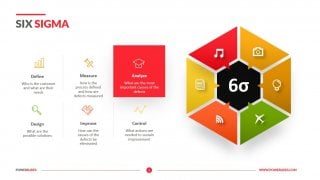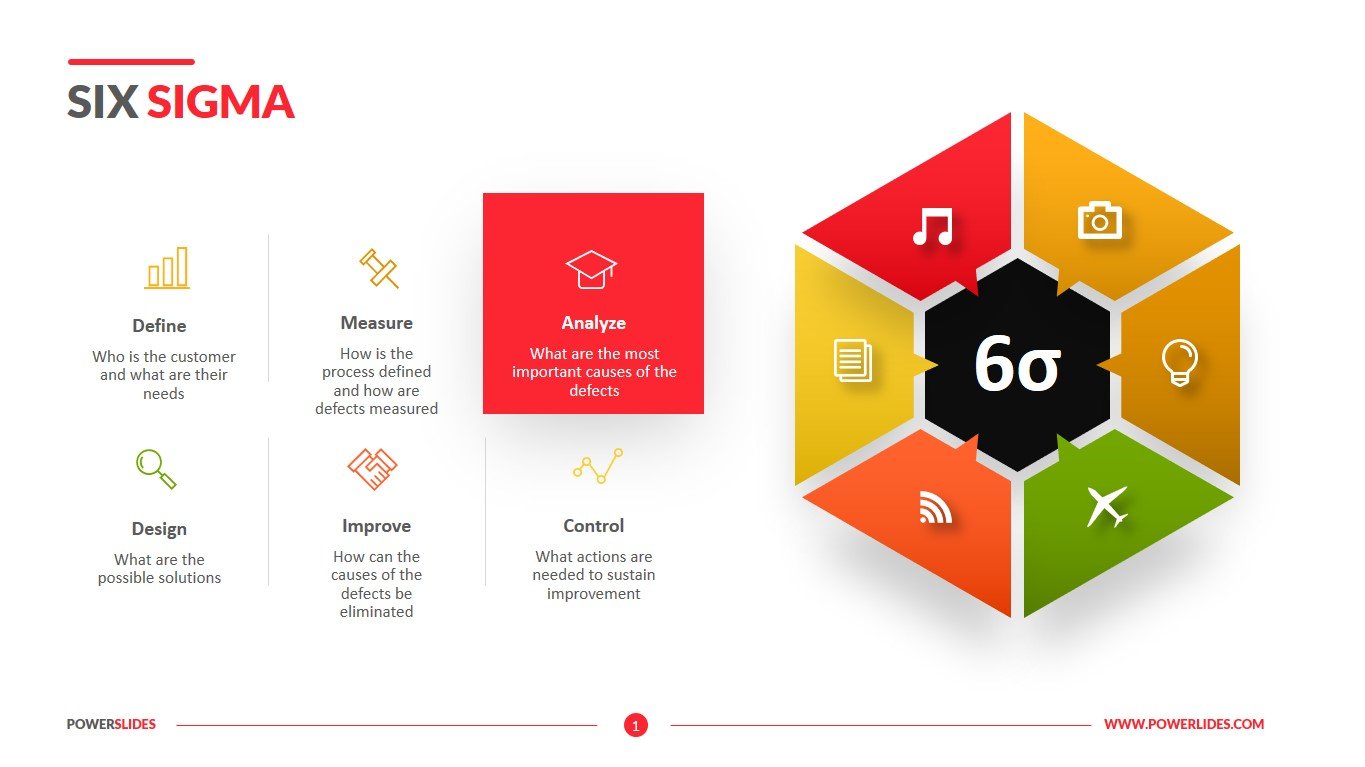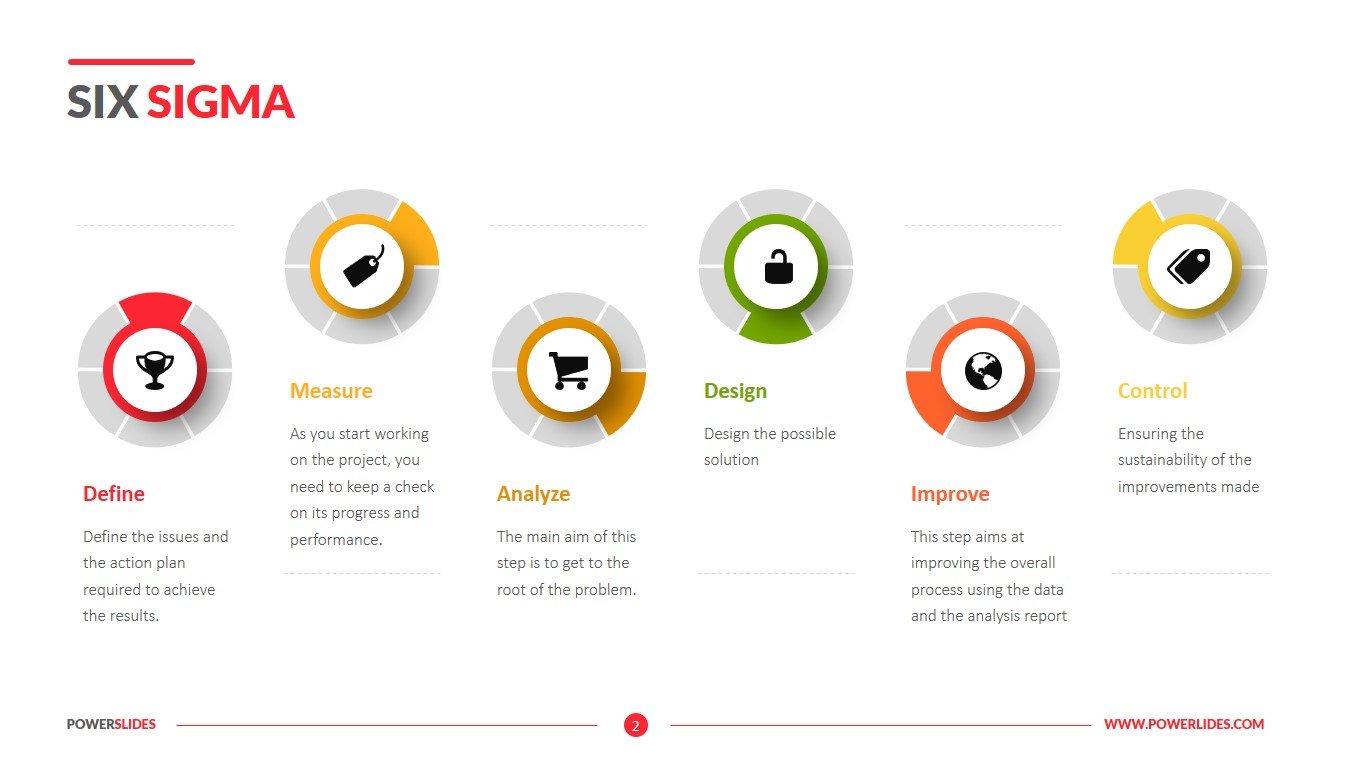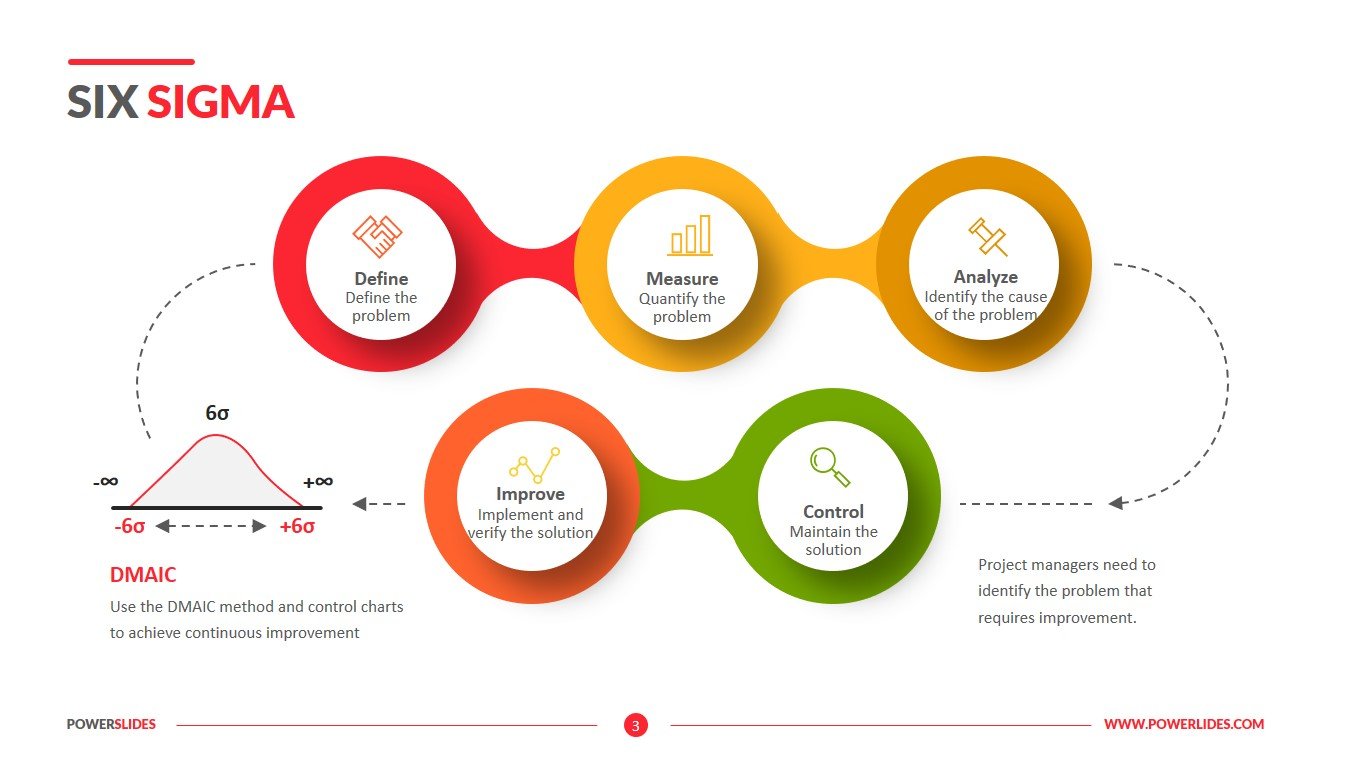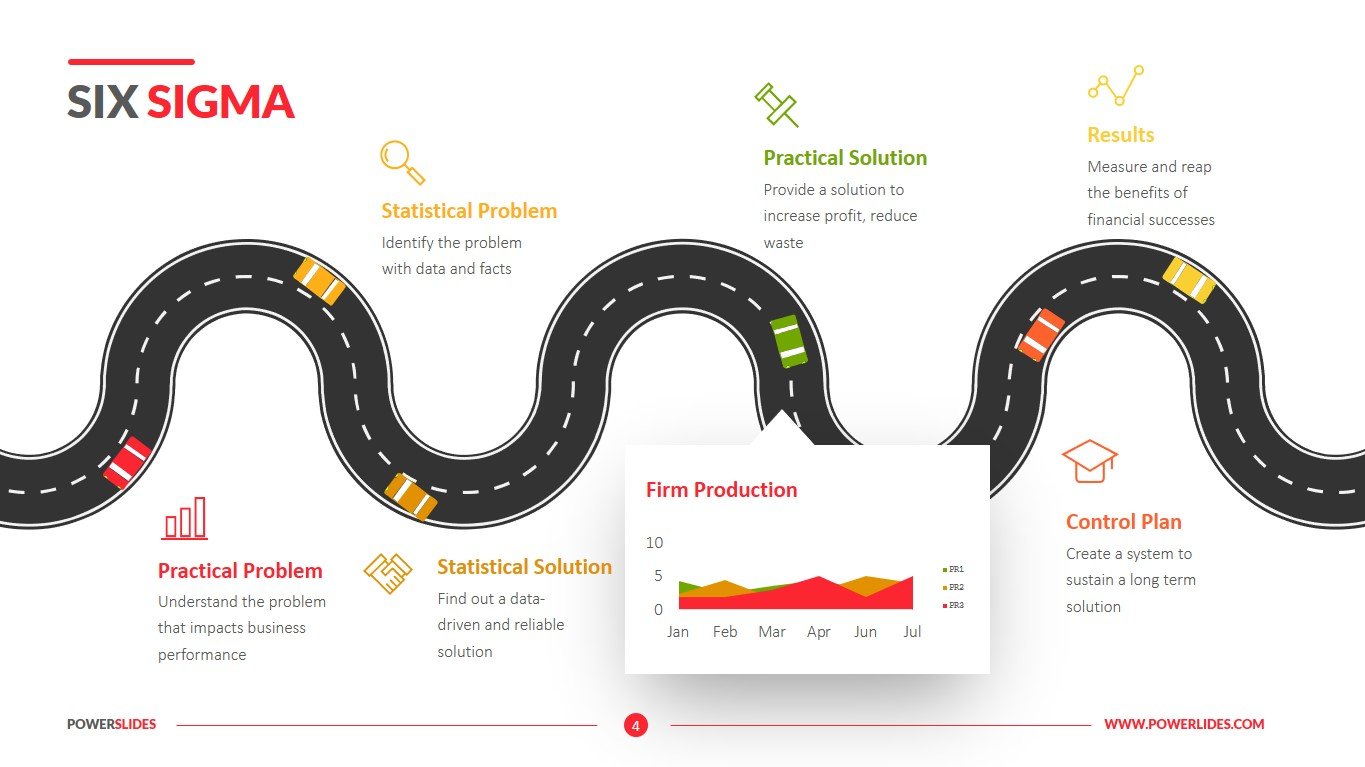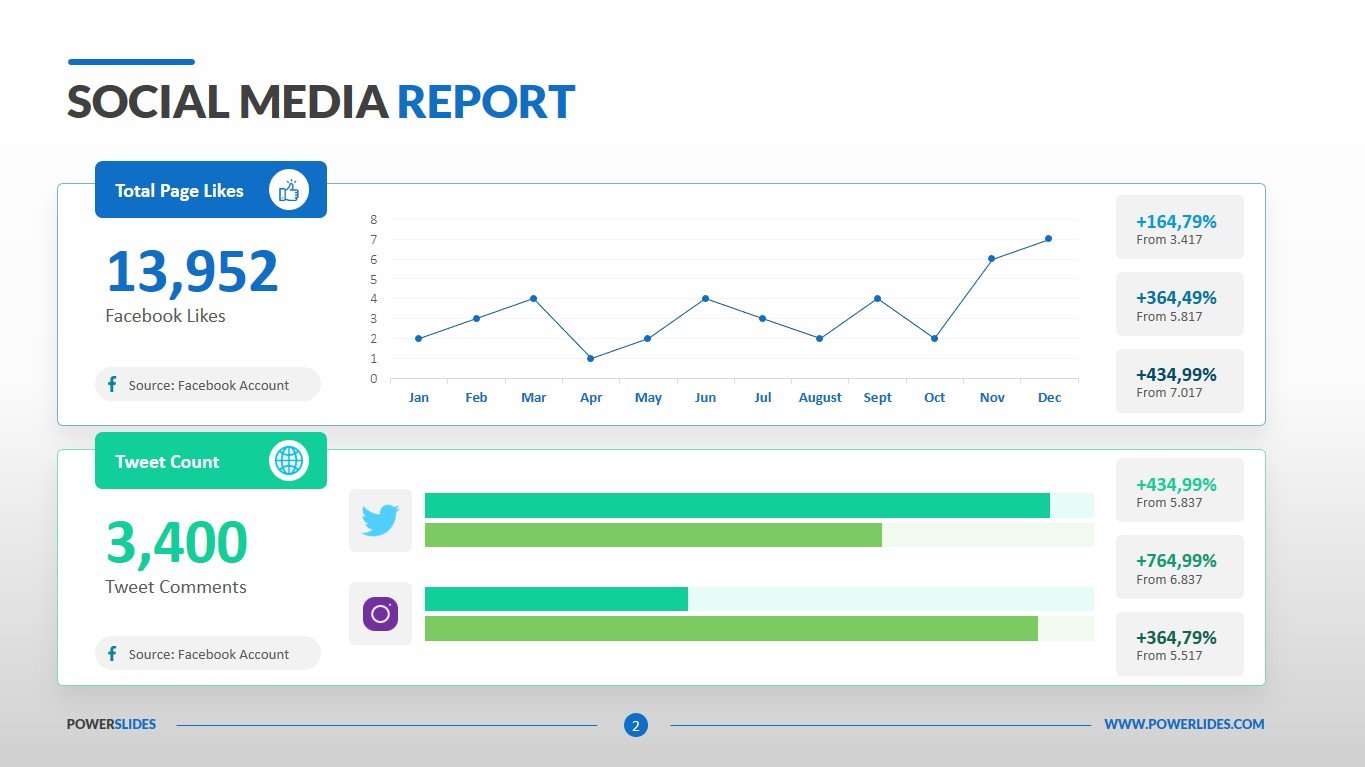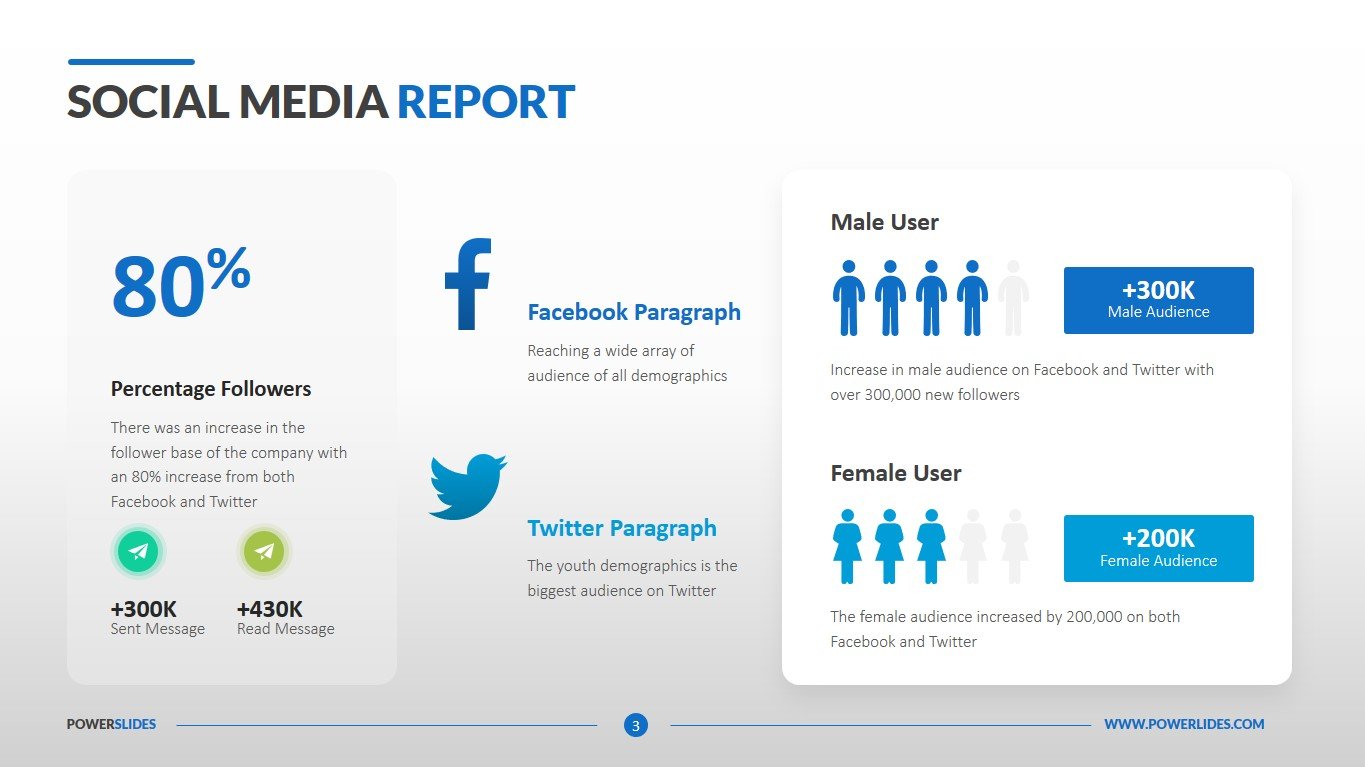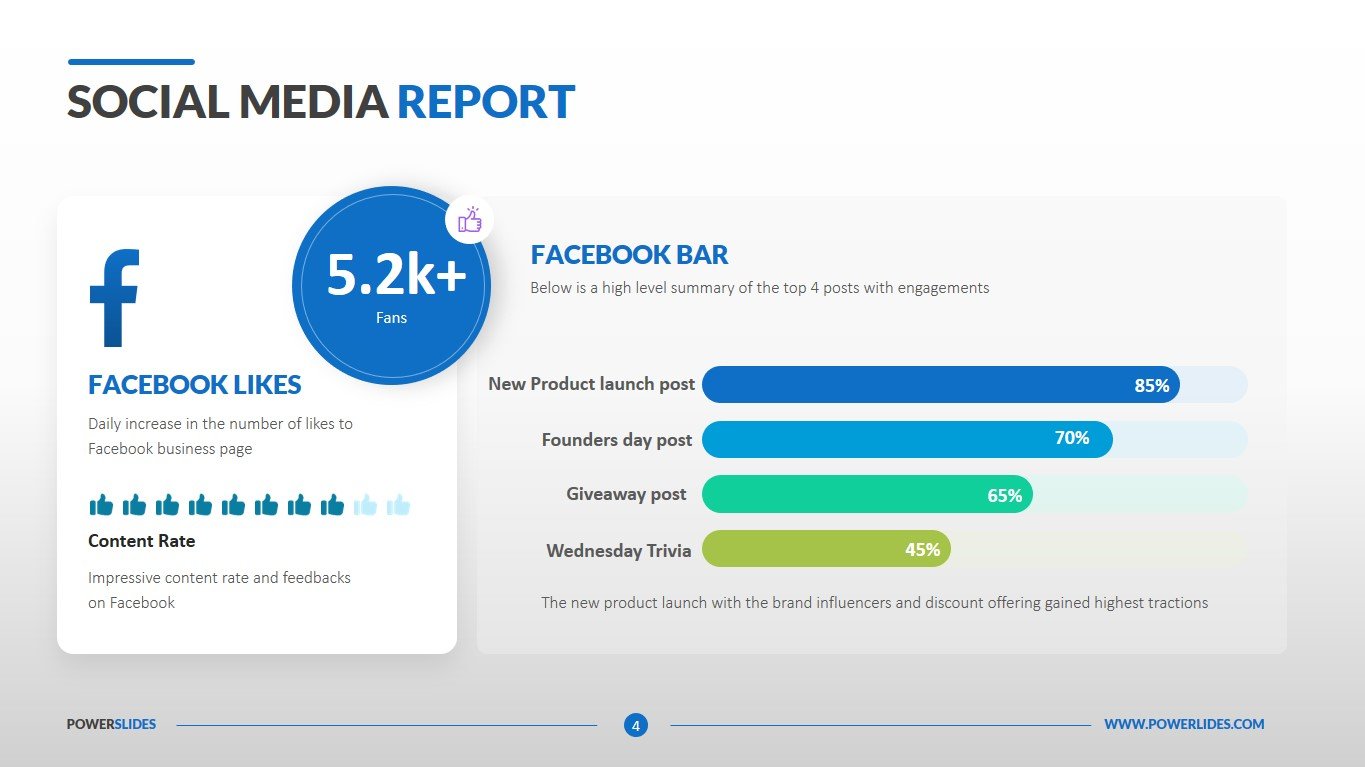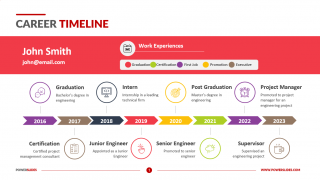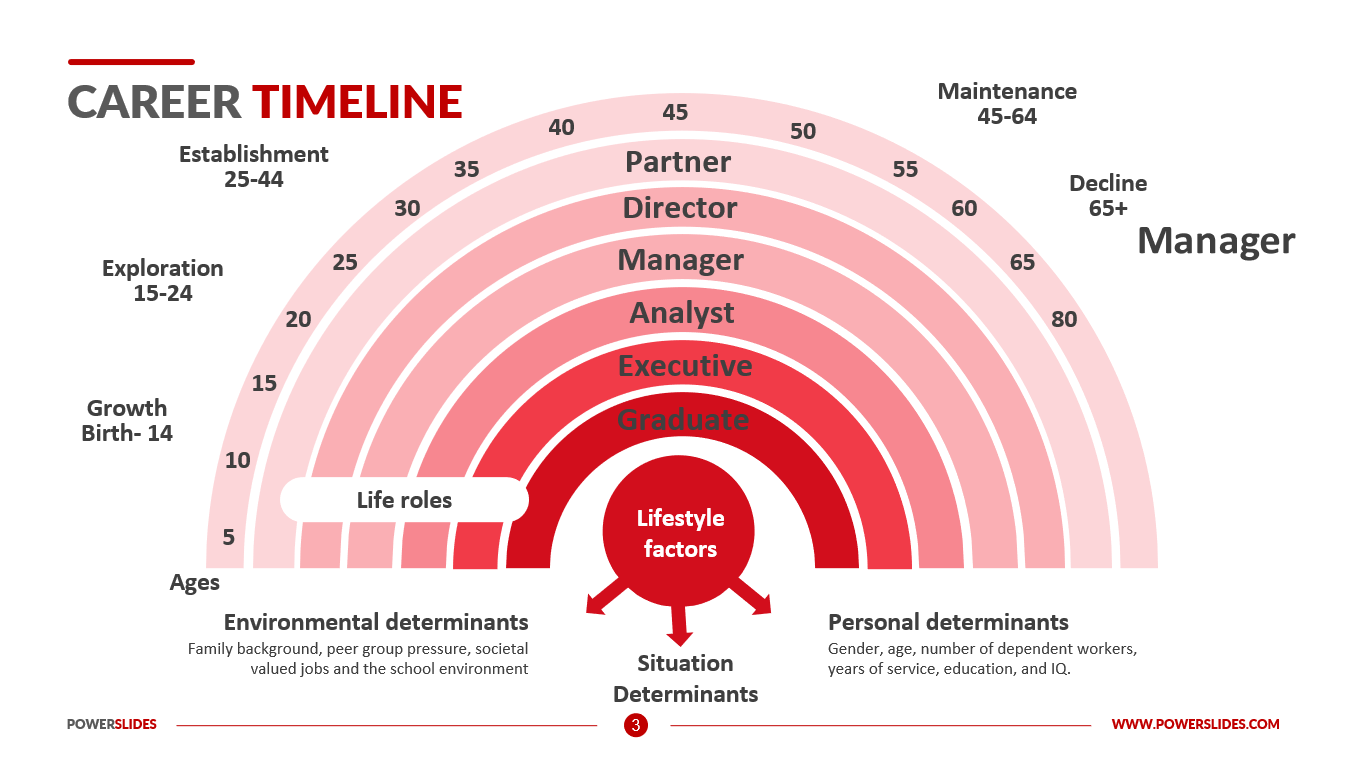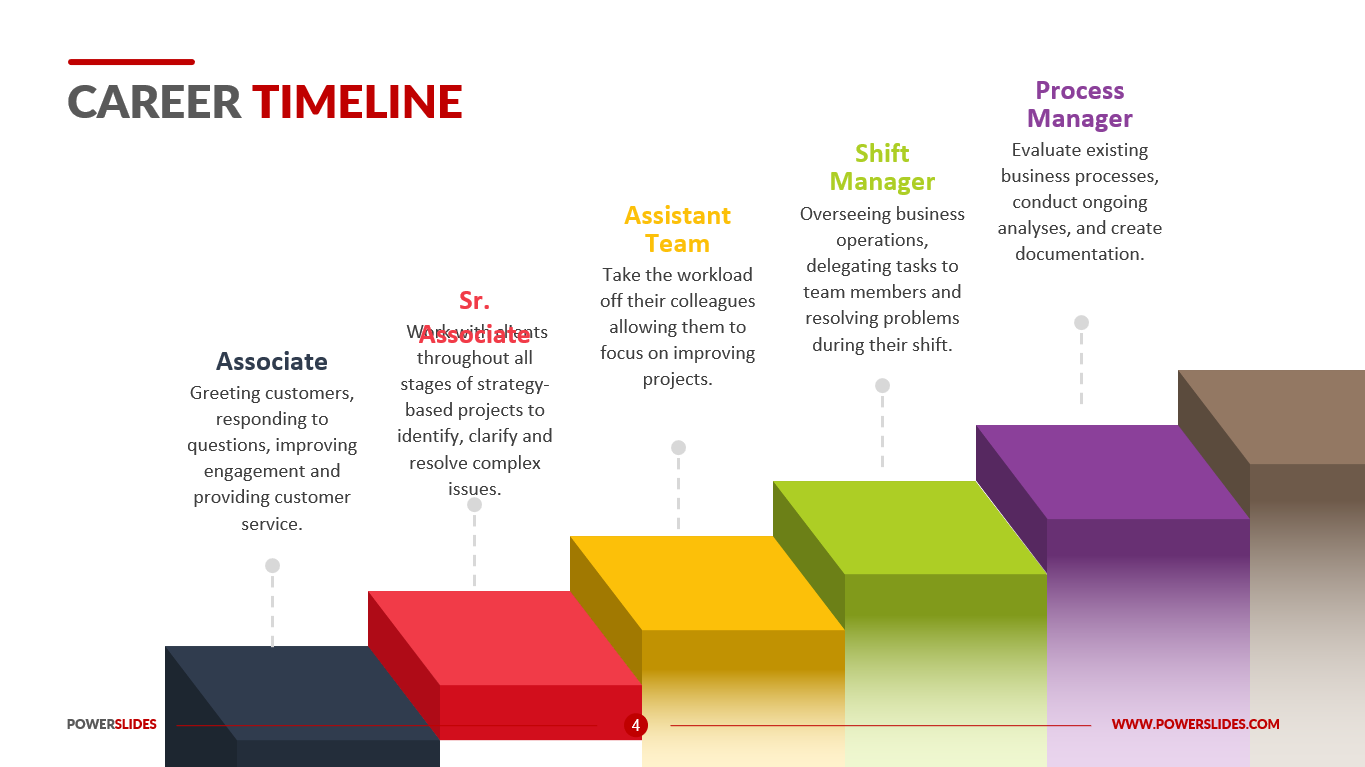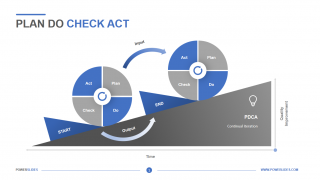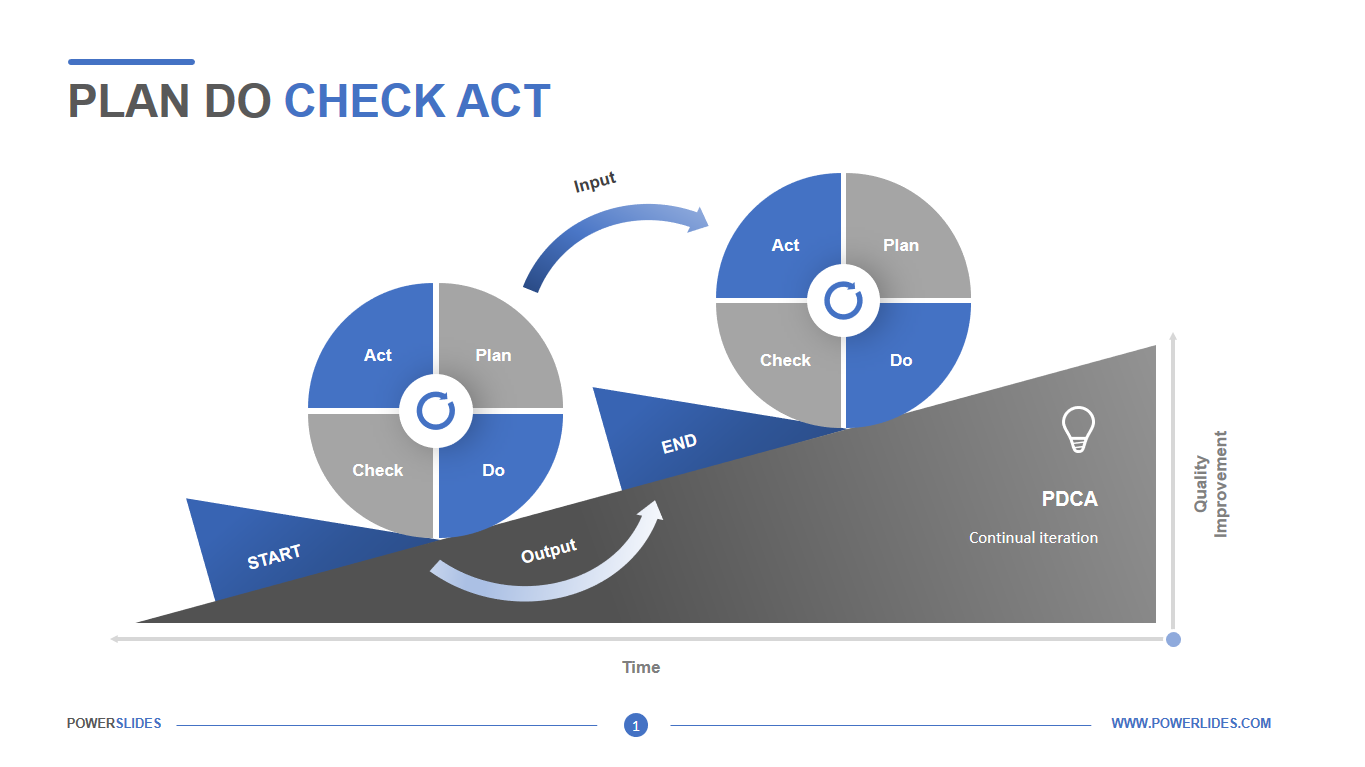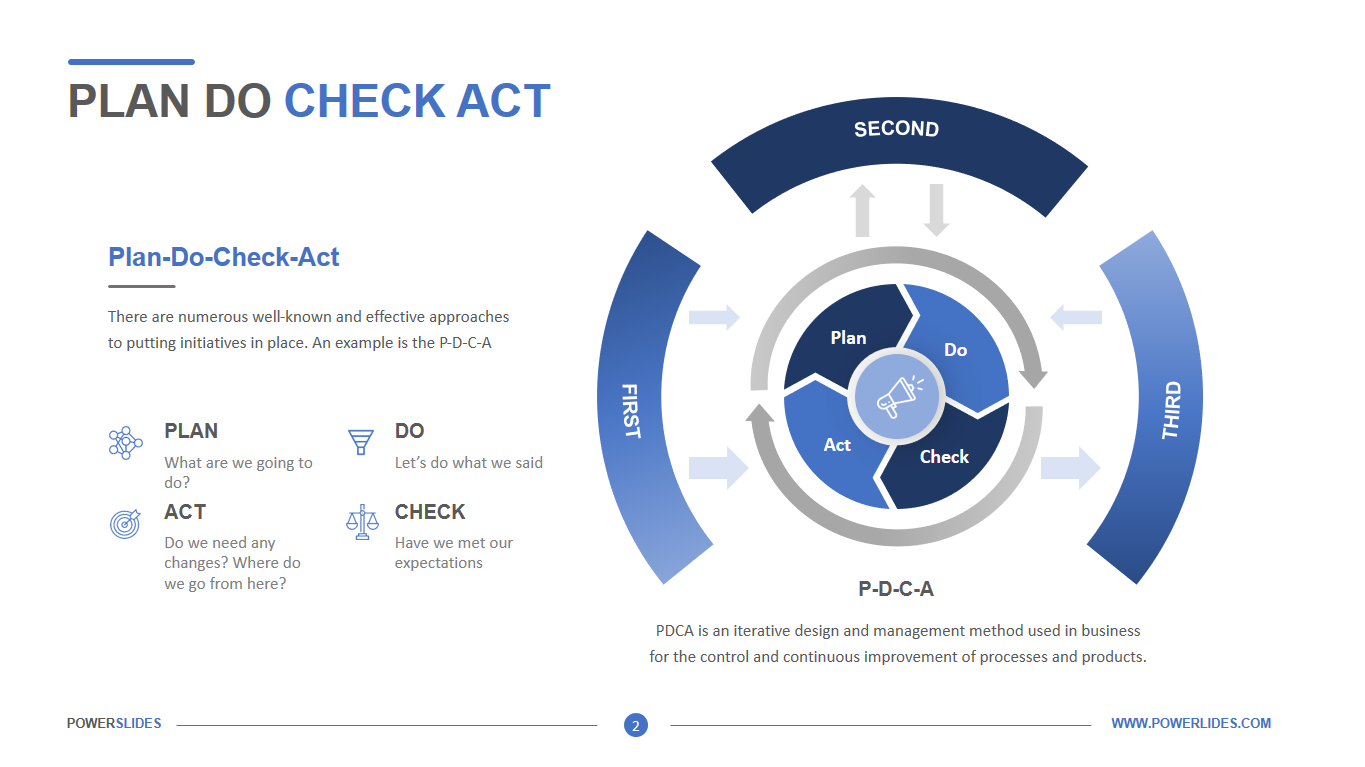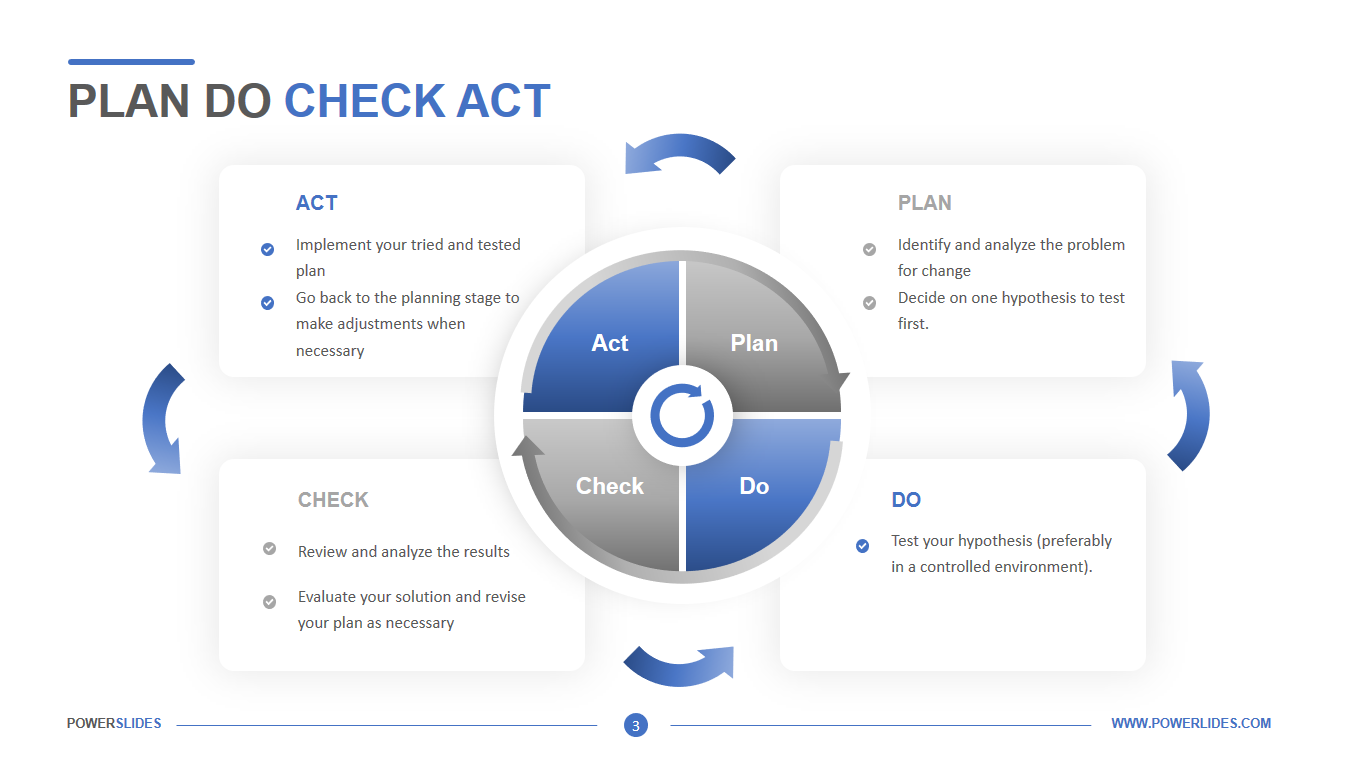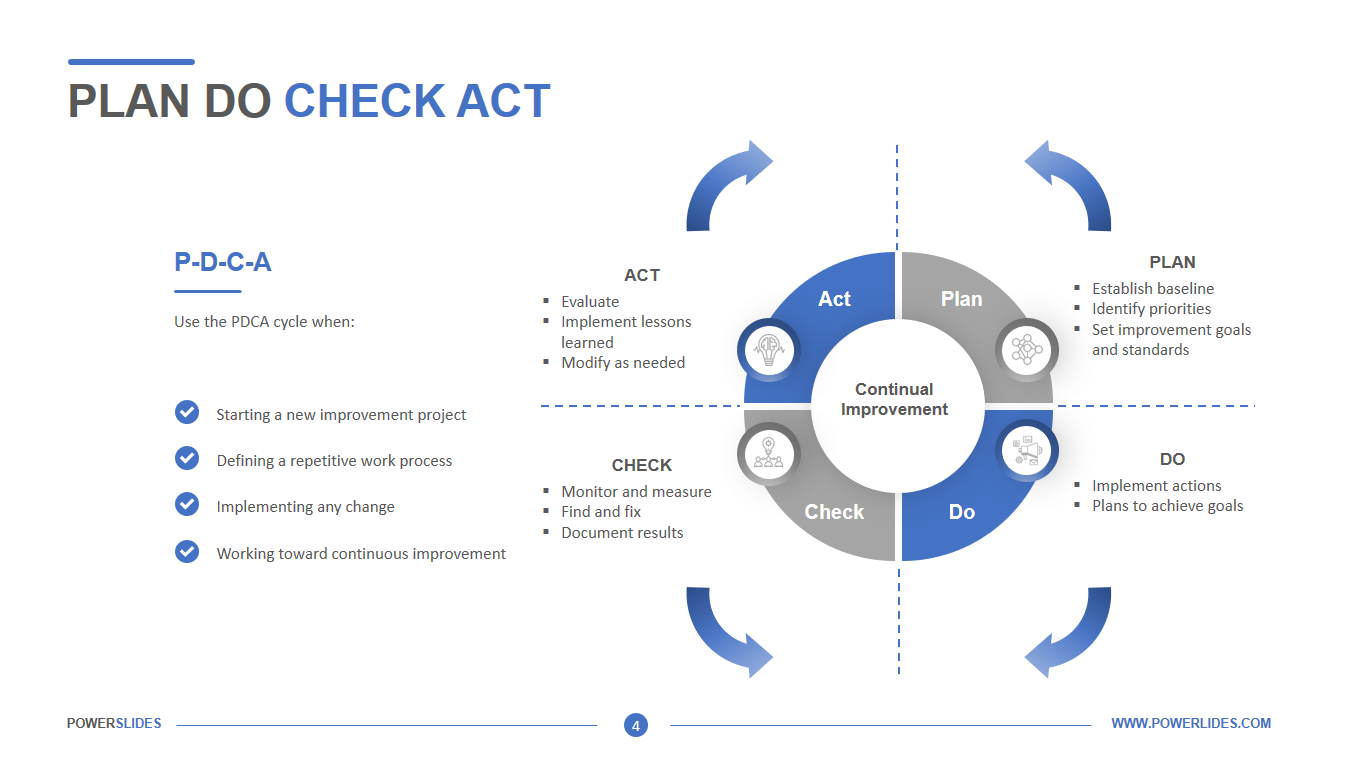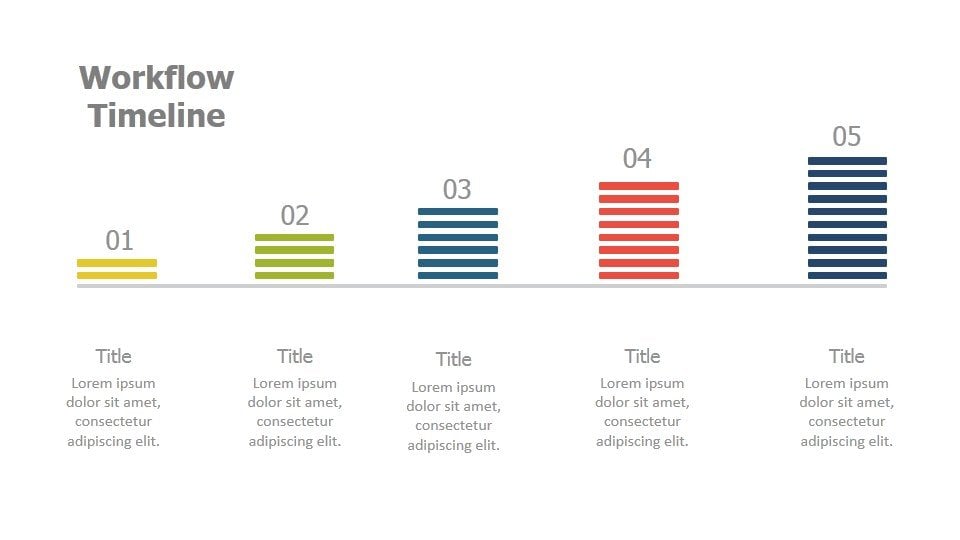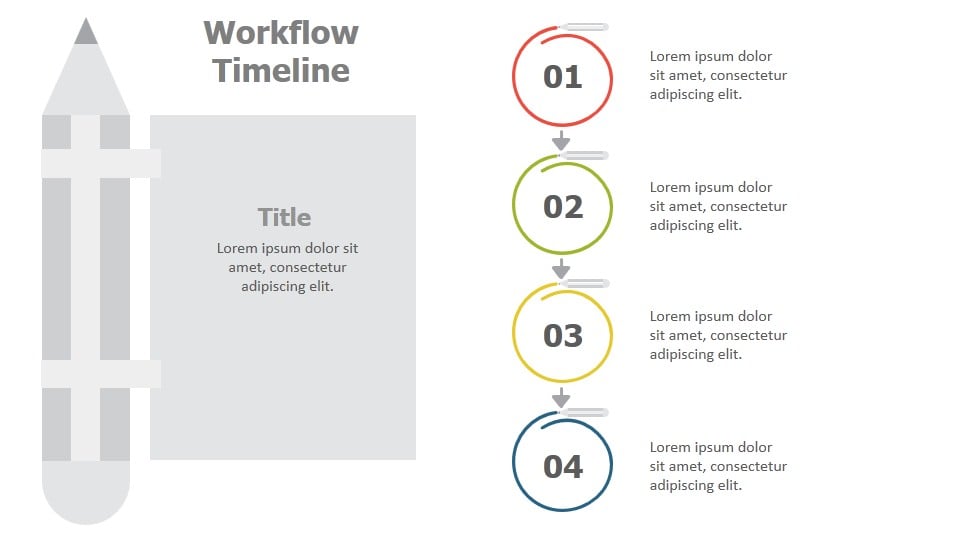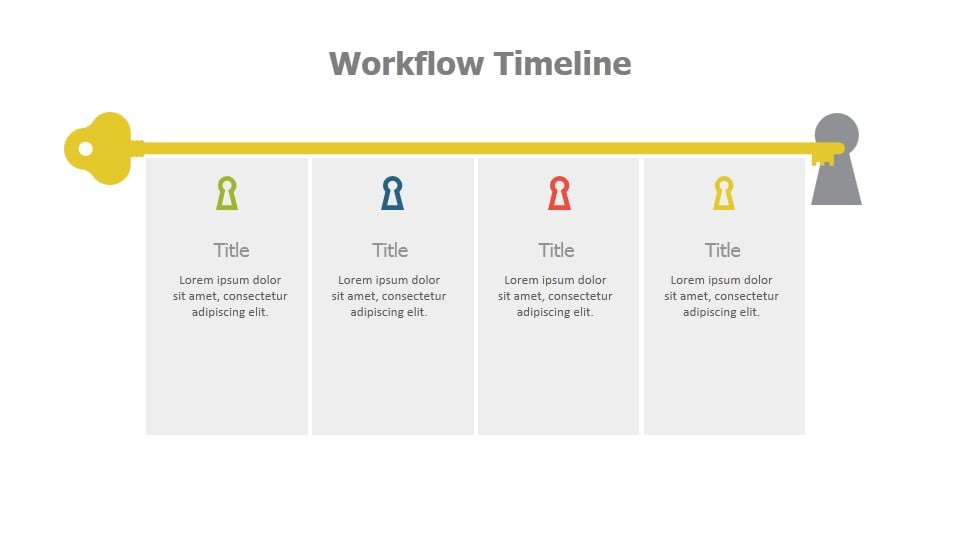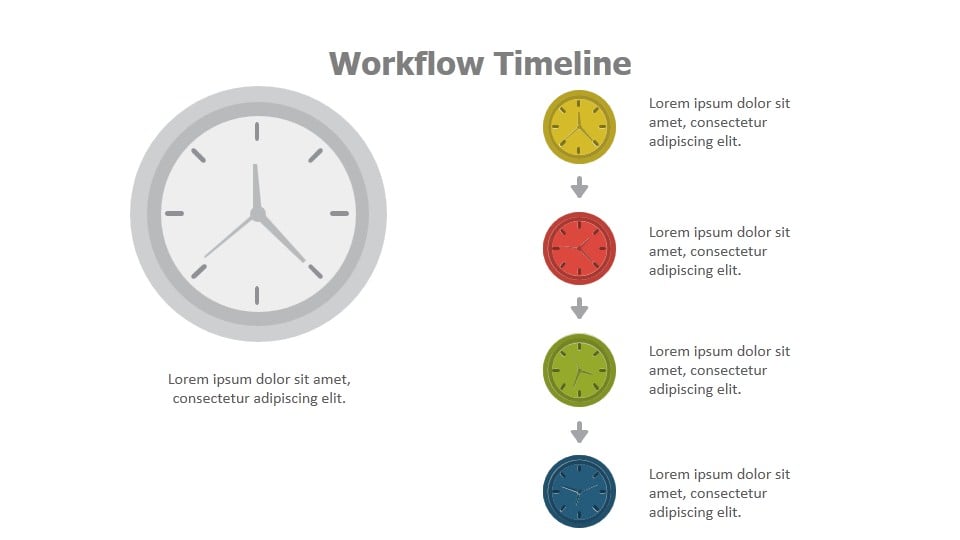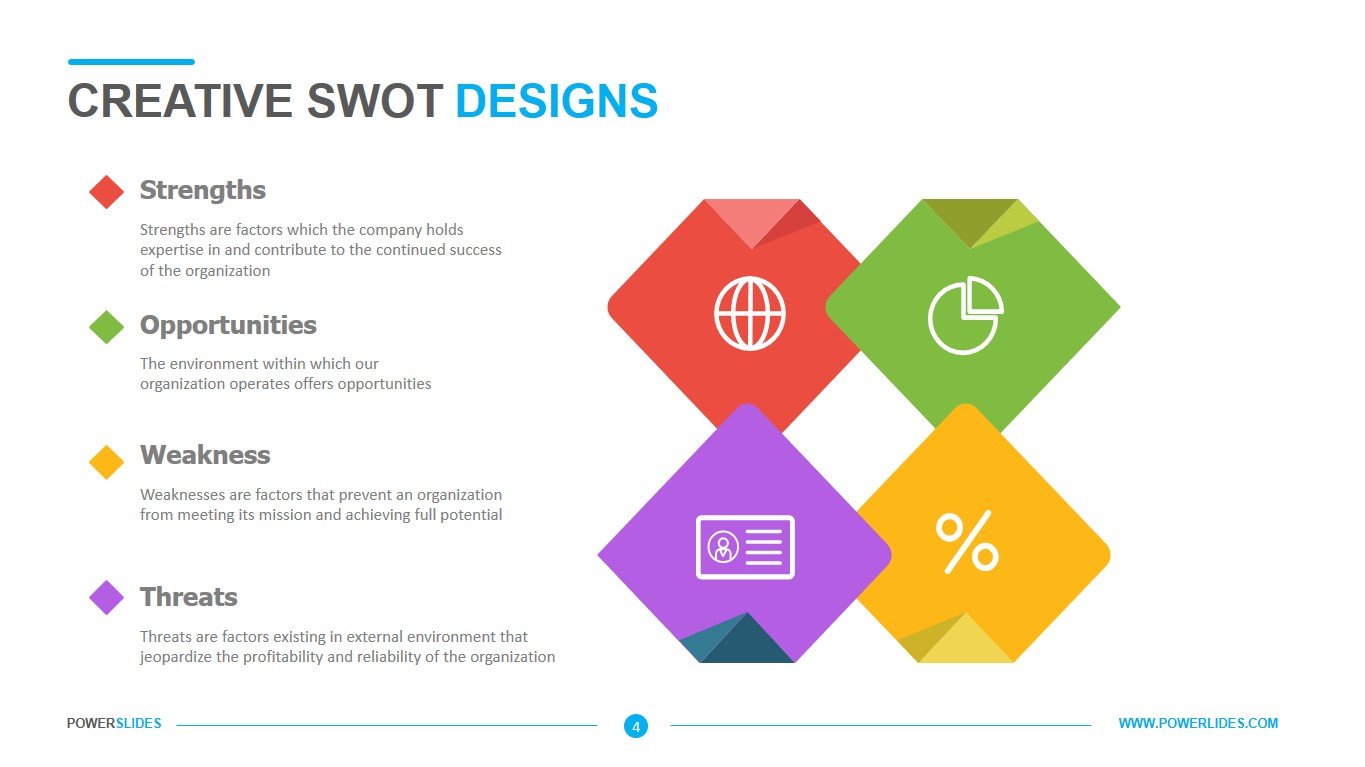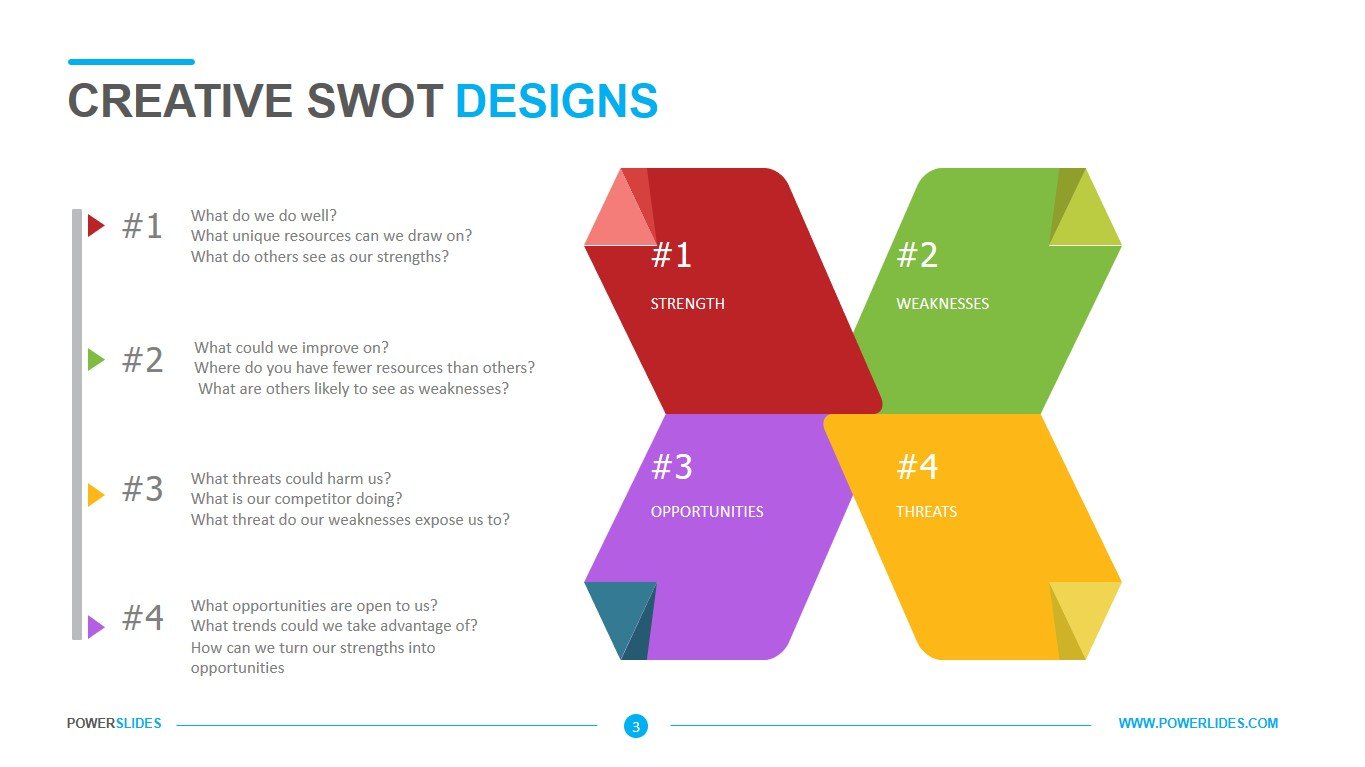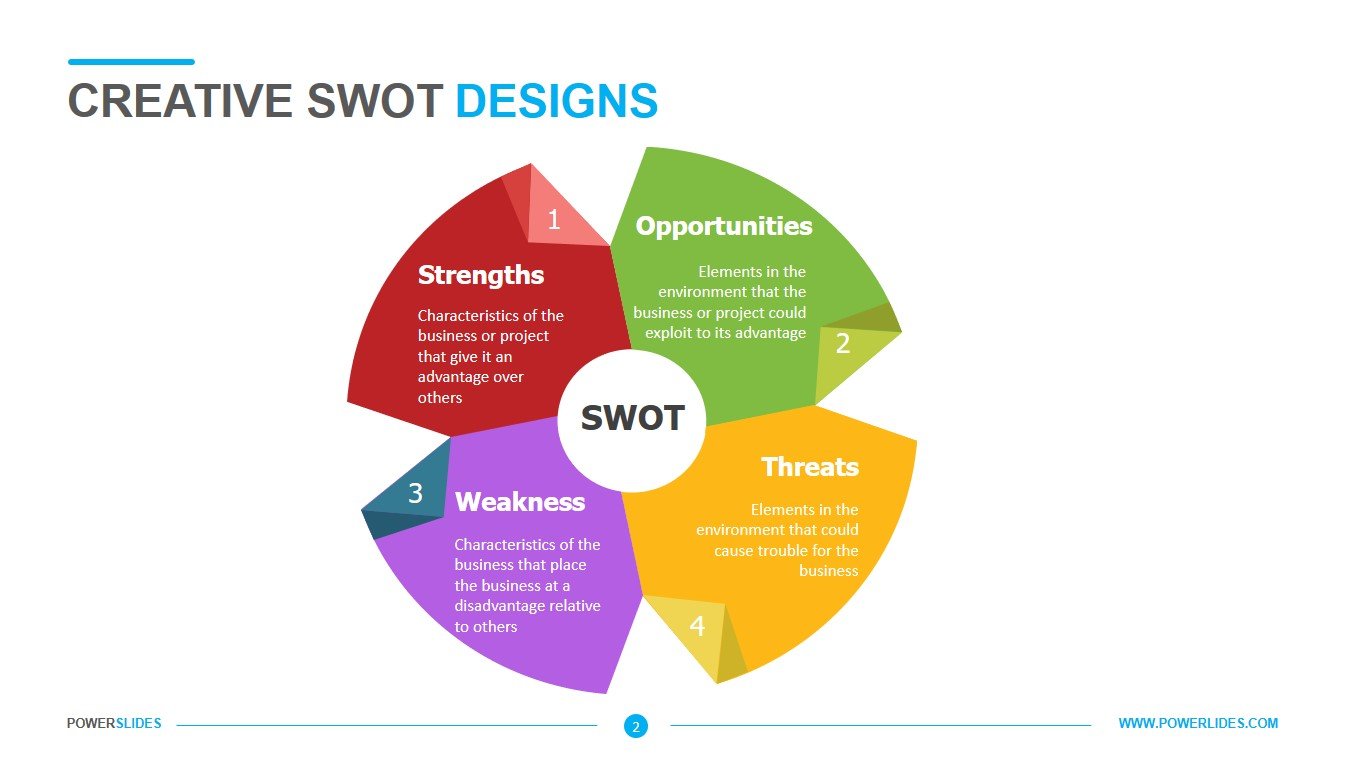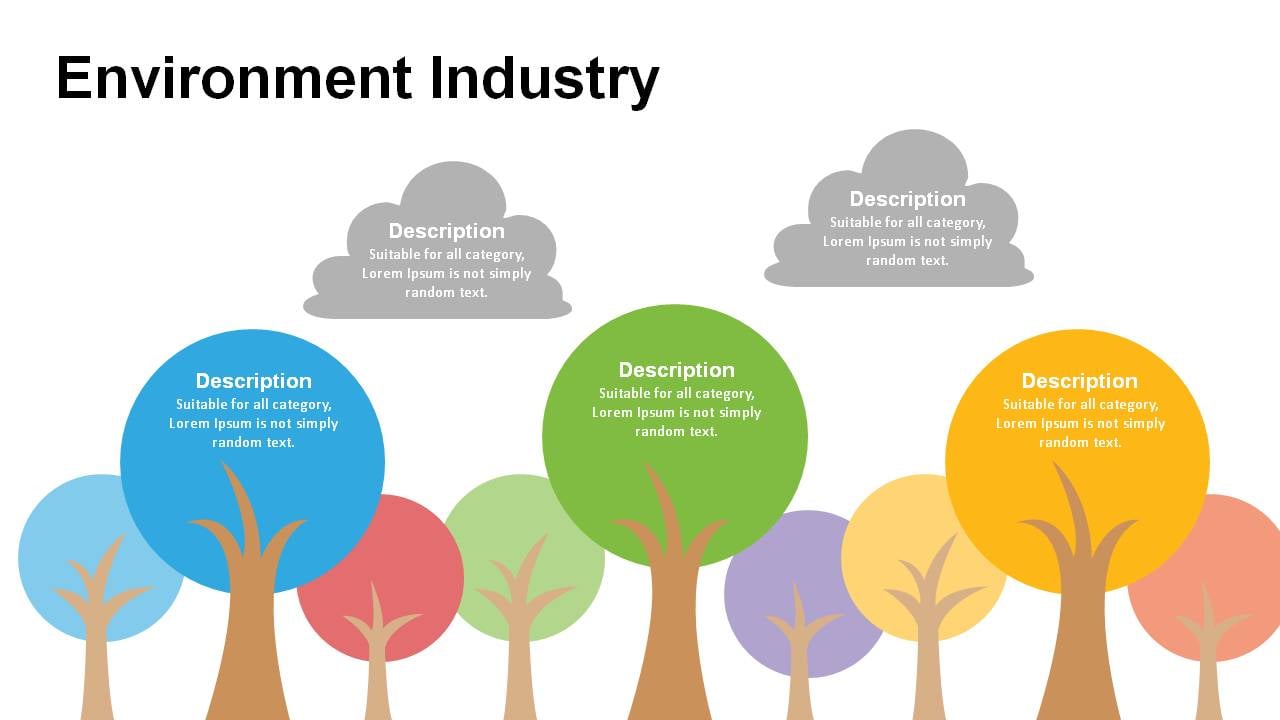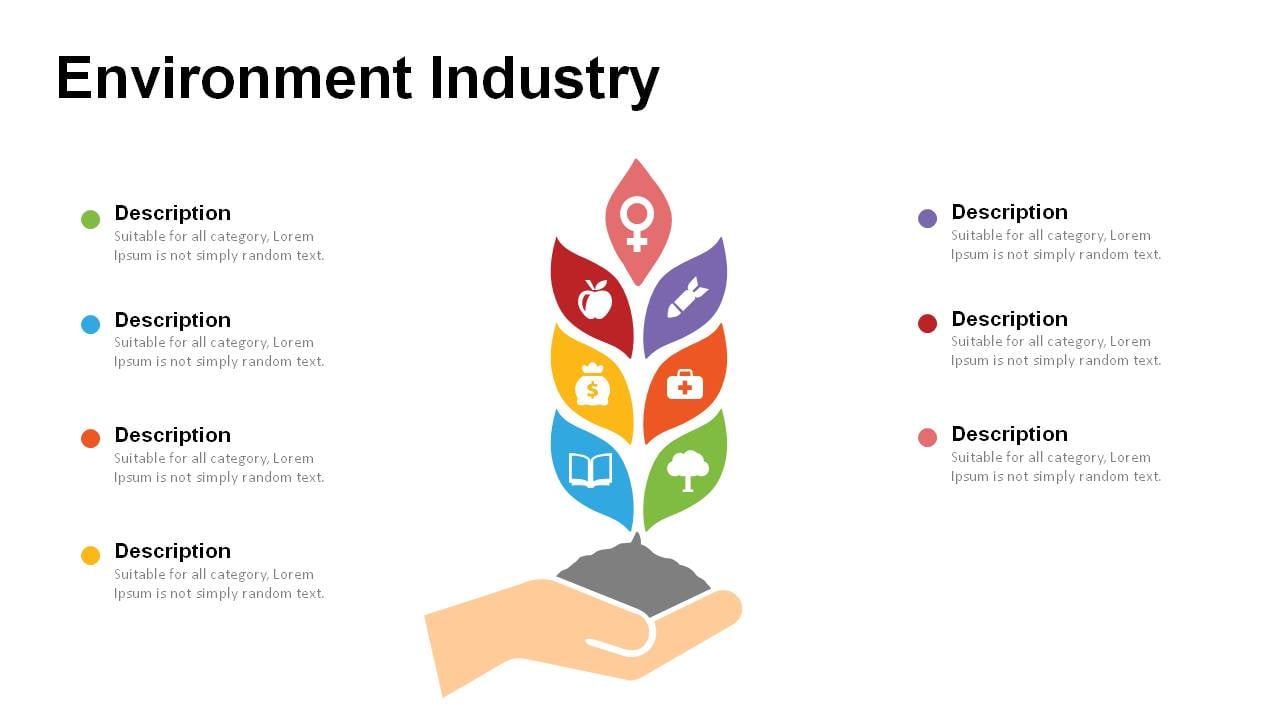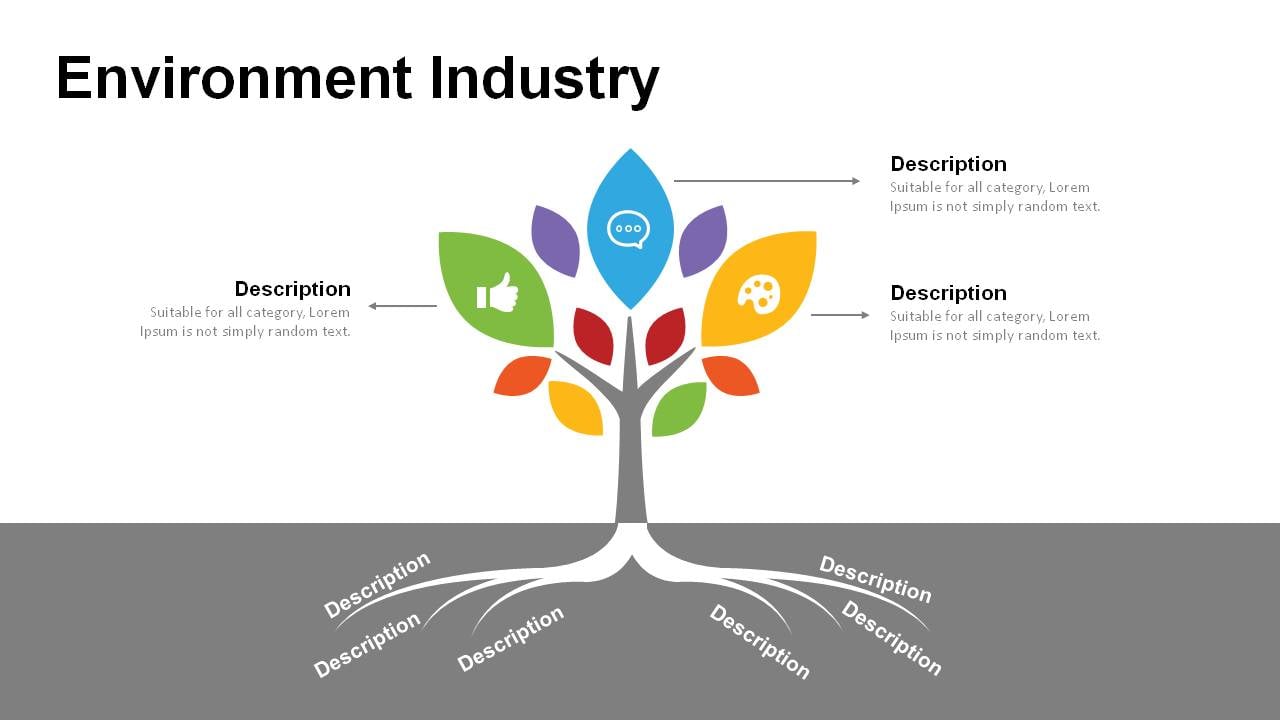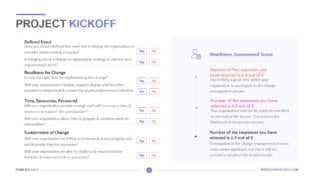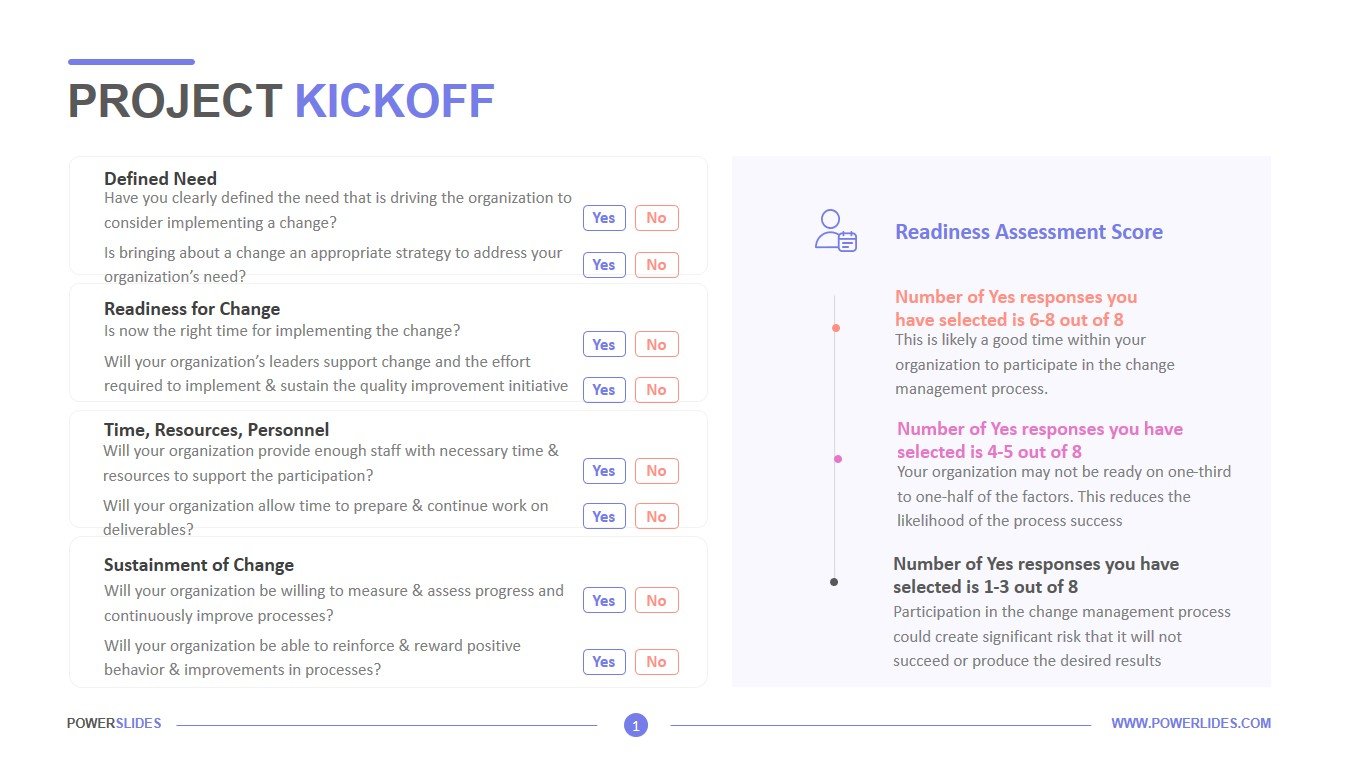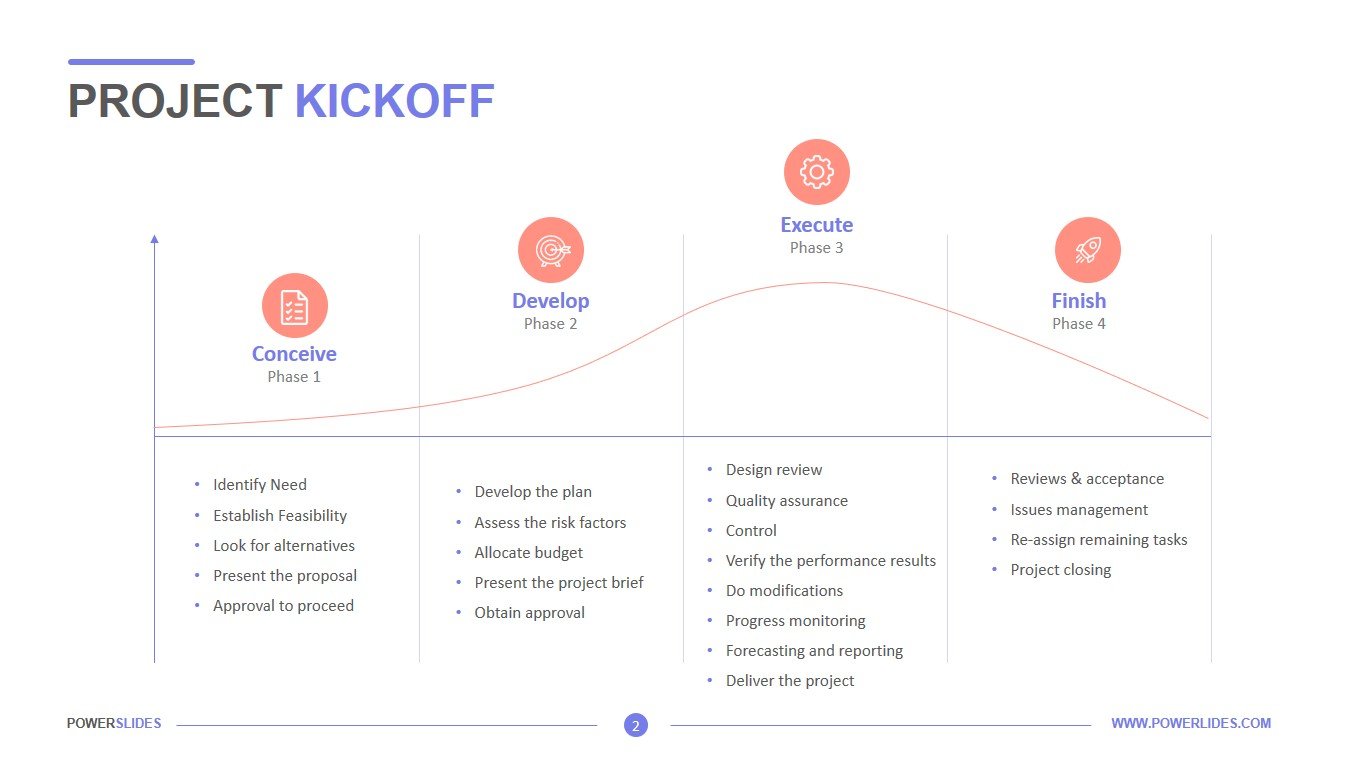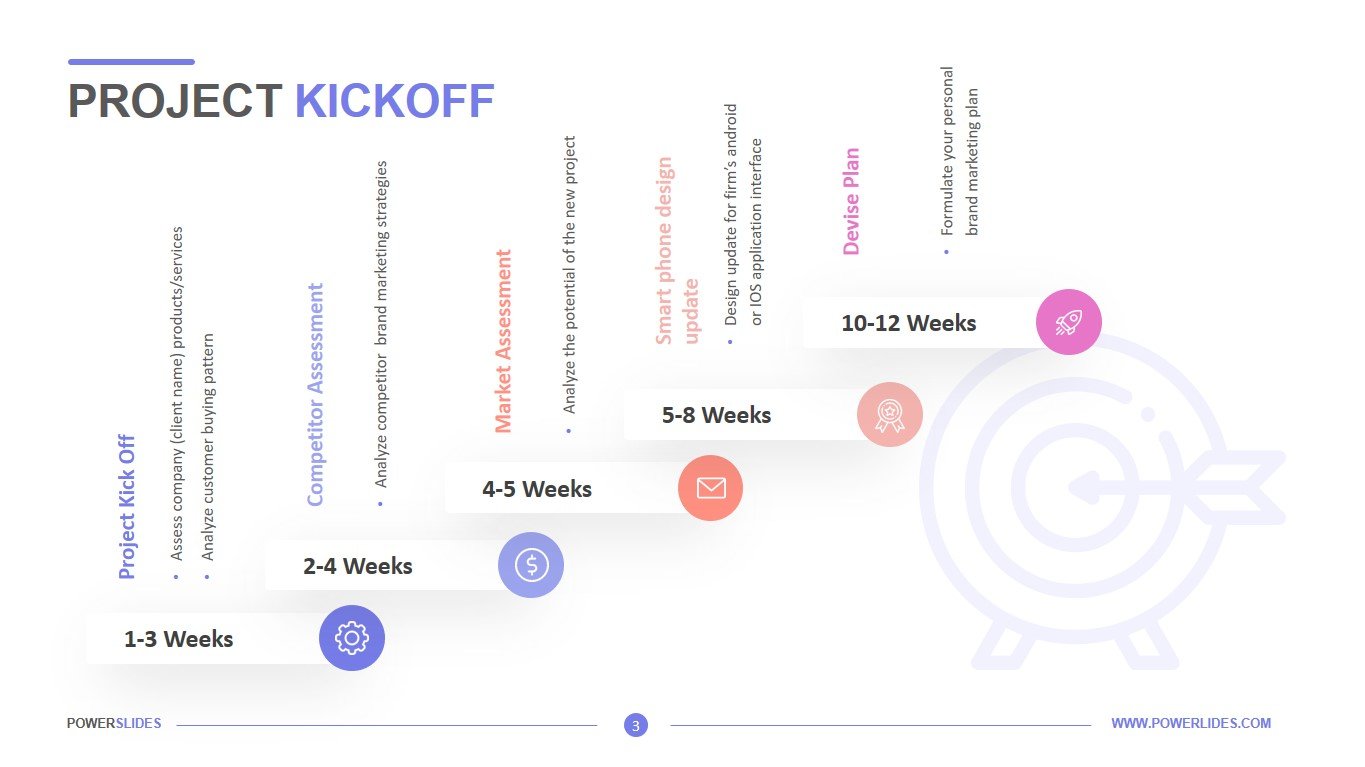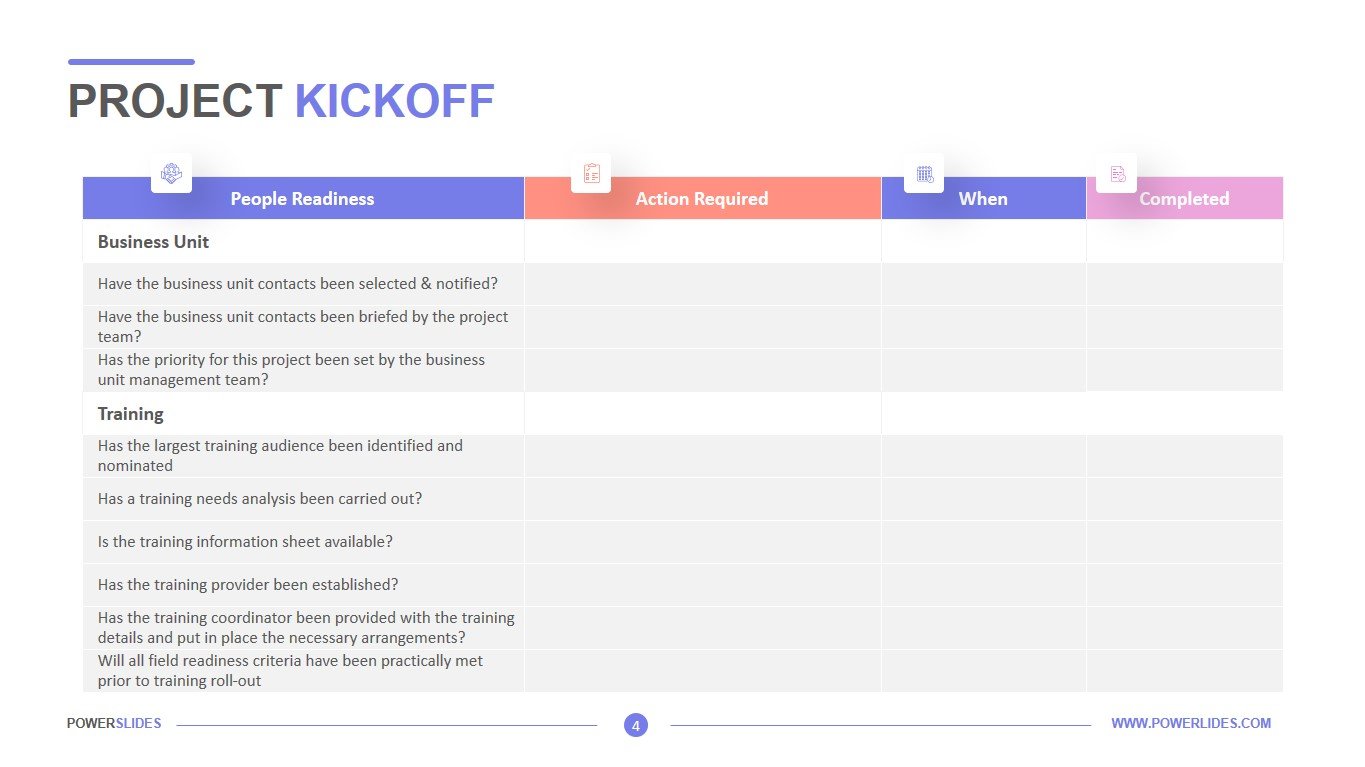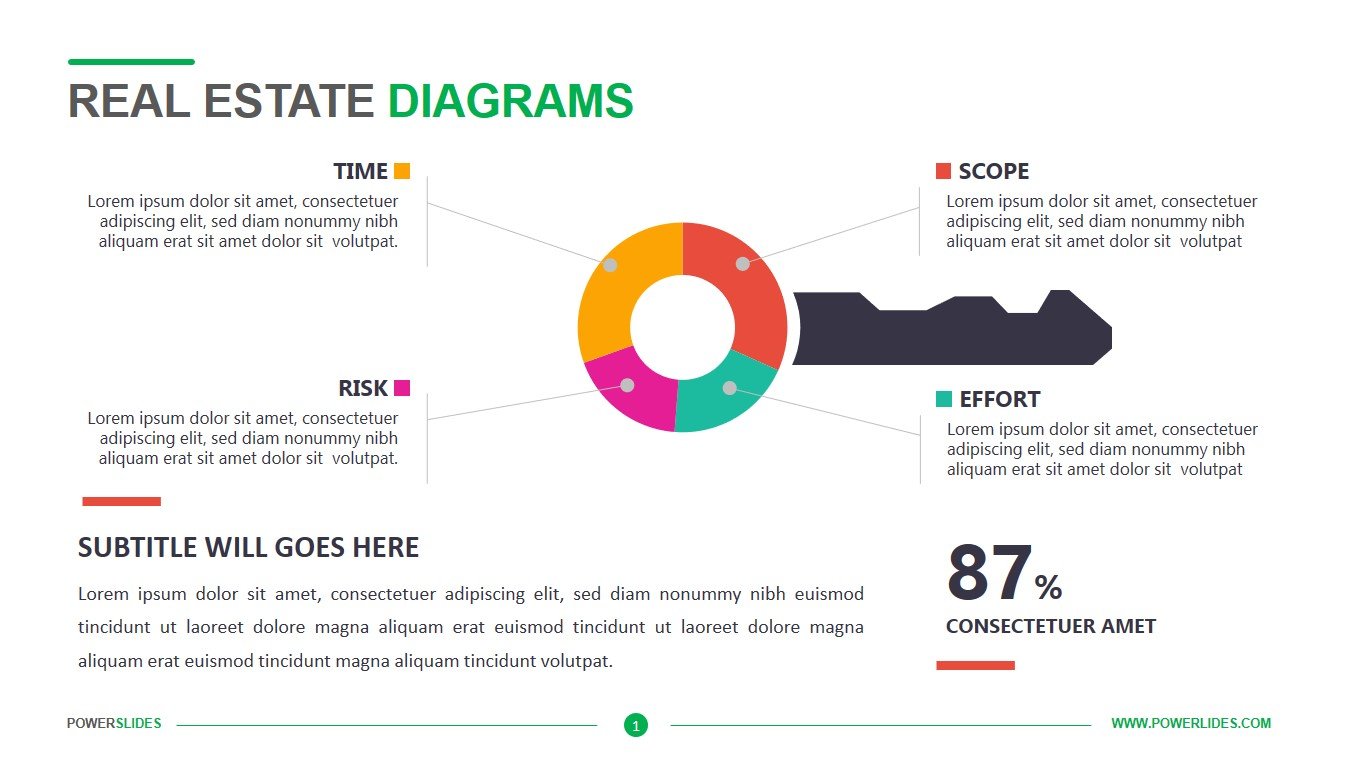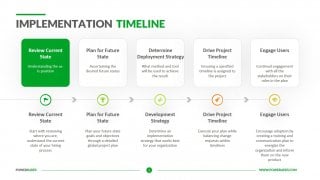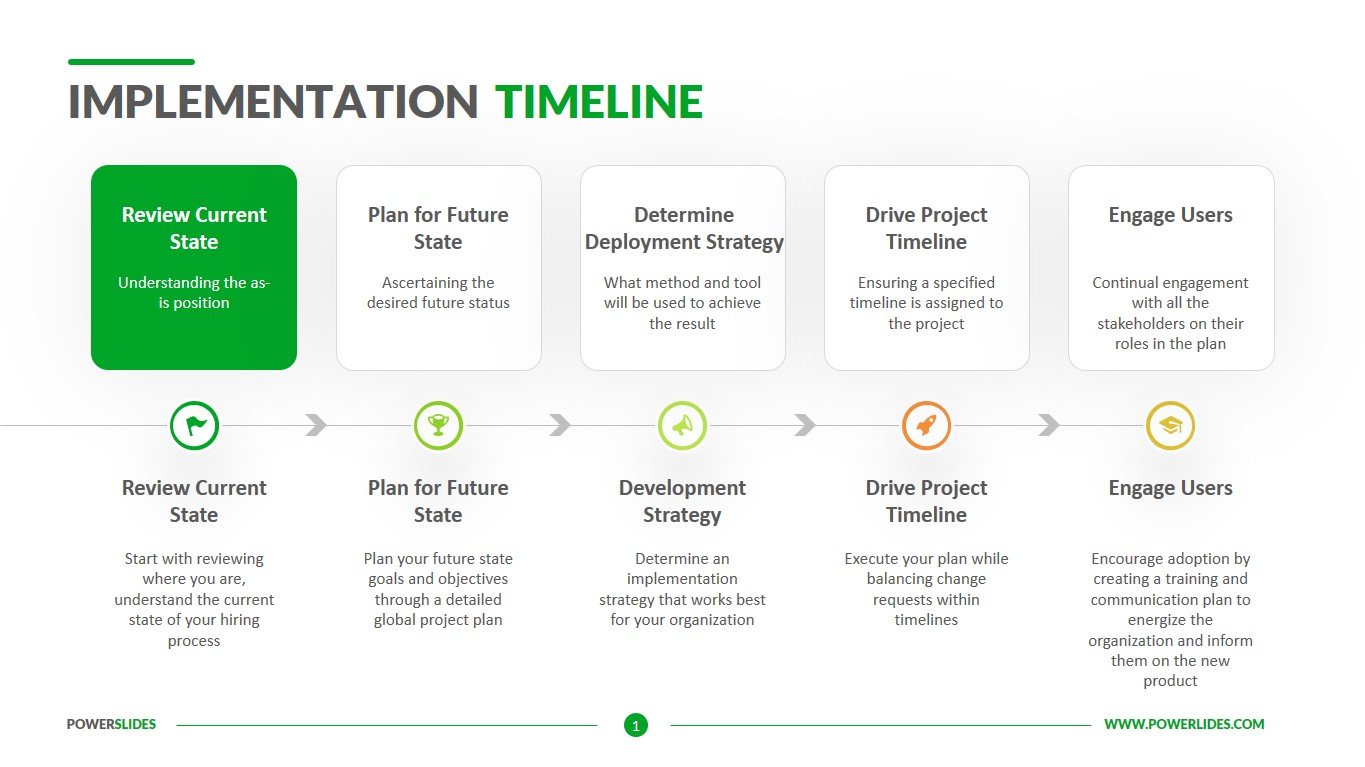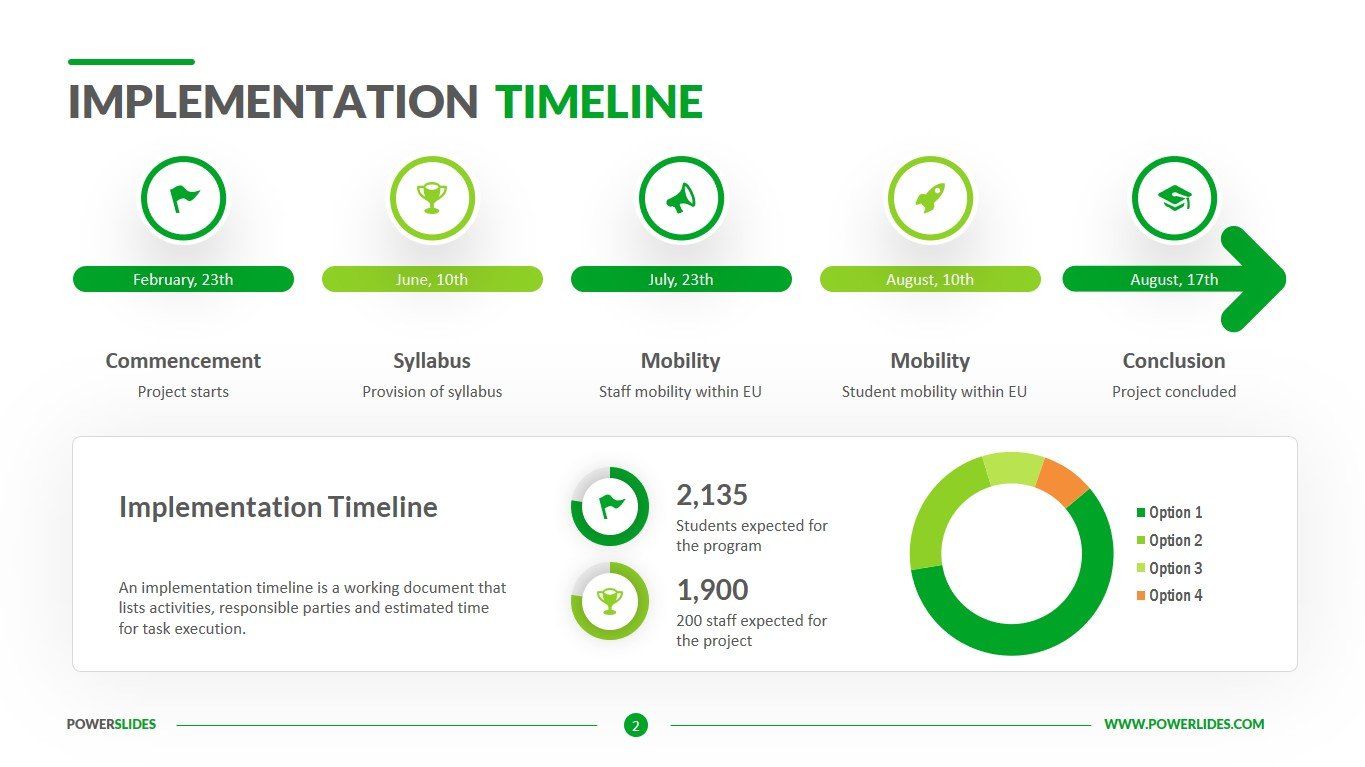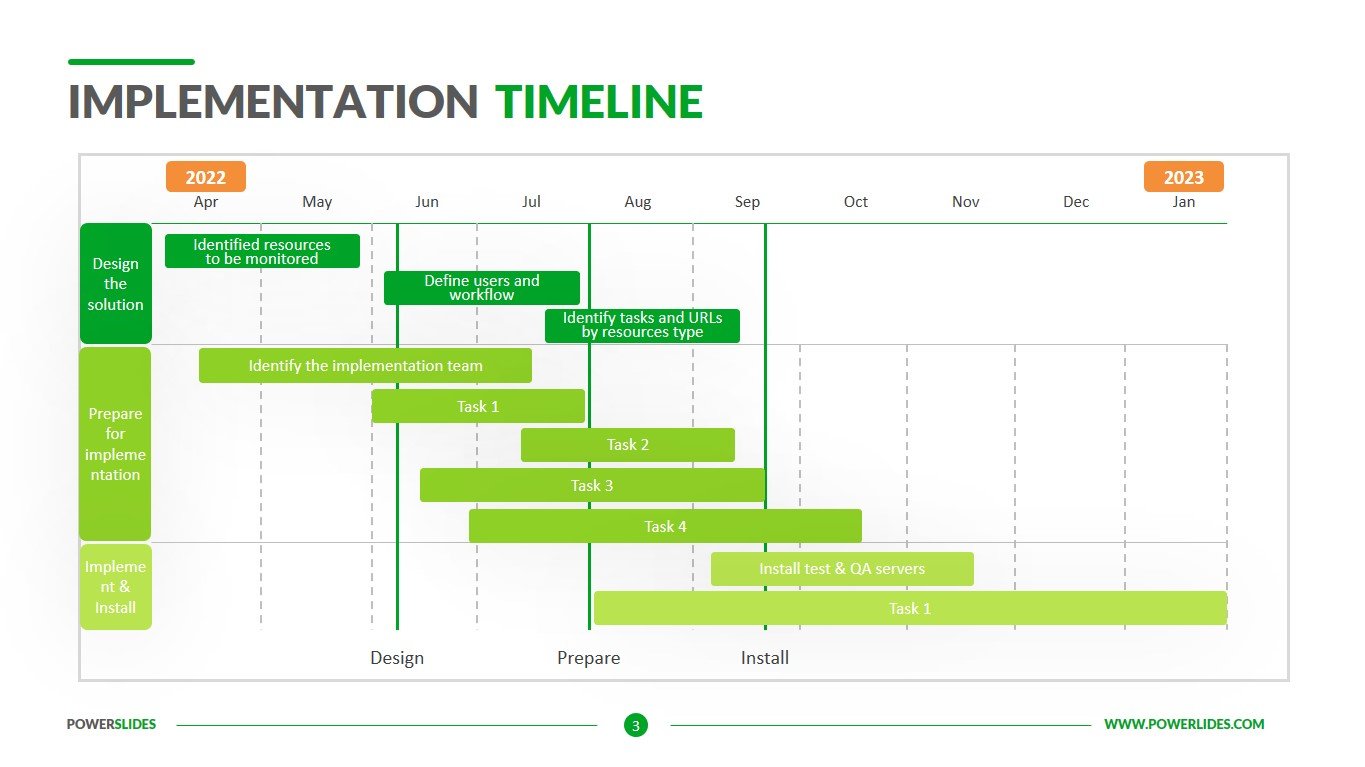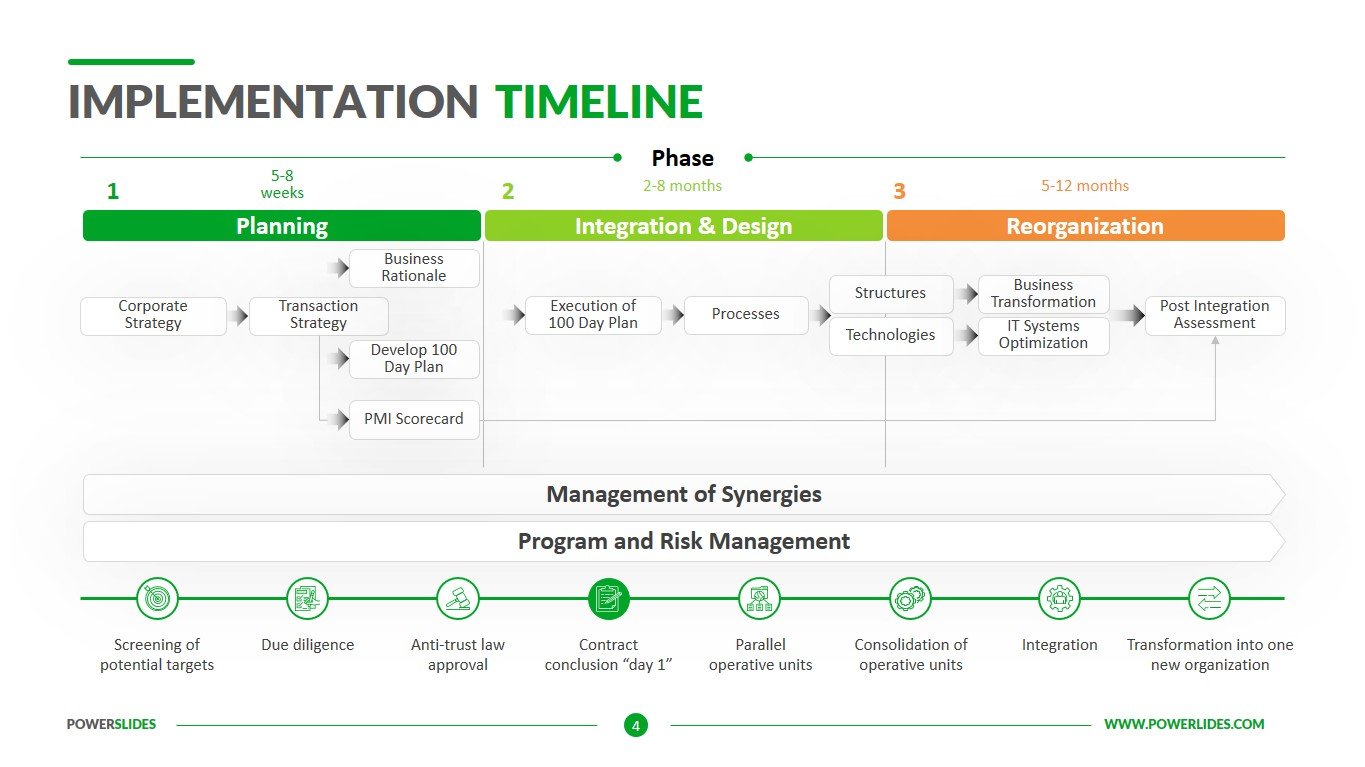Demand Planning
 5 Slides
5 Slides
 File size: 16:9
File size: 16:9 
 Fonts: Lato Black, Calibri
Fonts: Lato Black, Calibri  Supported version
PPT 2010, PPT 2013, PPT 2016
Supported version
PPT 2010, PPT 2013, PPT 2016
Product details
Demand planning requires analysing sales as well as consumer trends, historical sales and seasonality data to optimize your business’s ability to meet customer demand in the most efficient way possible.
To achieve this goal, demand planning combines sales forecasting, supply chain management and inventory management. First, it uses data from internal and external sources to predict future demand. That forecast can then inform your sales and operations strategy so you can plan how much product to buy or manufacture in order to meet that demand.
Effective demand planning delivers both profit and customer satisfaction by helping businesses strike the right balance between sufficient inventory levels and customer demand. That’s not an easy goal, especially since it requires coordination across your entire organization. But the business implications are significant.
Excess inventory locks up working capital, adds inventory carrying costs and increases the potential that you’ll be stuck with low value or obsolete inventory. Alternatively, poor planning can result in avoidable supply chain disruptions and leave a company short on products, which can result in backorders, stockouts or costly scrambles for raw materials.
Demand forecasting is part of the larger demand planning process and analyses internal and external data to predict sales. Typically, forecasts cover the upcoming 18 to 24 months, but the forecast period can vary by product and industry. Companies may adjust those predictions frequently as they review the latest data and changes to market conditions. The demand forecast becomes the foundation of the overall demand planning process as the business figures out how it can fulfil expected sales.
The demand planning function requires input from and coordination between several departments, including sales and marketing, purchasing, supply chain, operations, production and finance. Additionally, executives responsible for product portfolio management and overall business strategy play important roles by taking into account lead times for components and production times.
Demand planners need to have excellent analytical skills, with competency in statistical data analysis and modelling. In addition to their numerical skills, the most successful demand planners are also great communicators since they need to interact with many different departments. Advances in demand planning software continue to help companies increase the accuracy of their forecasts.
Marketers and sales managers can use this template when planning the demand for a company’s products. You can describe in detail the required quantity of products to meet seasonal demand, taking into account the warehouse space.
This template will be useful for purchasing managers. You can use the slides in this template when preparing a procurement plan and inventory control. Logisticians can also use the slides of this template when preparing shipments of products by various modes of transport.
Demand Planning template will be useful for sales managers, marketers, analysts, company executives. All slides in this template have all the tools you need to build a professional presentation. You can customize colors, block sizes and infographics yourself. The Demand Planning template will be a worthy addition to your collection of professional presentations.





